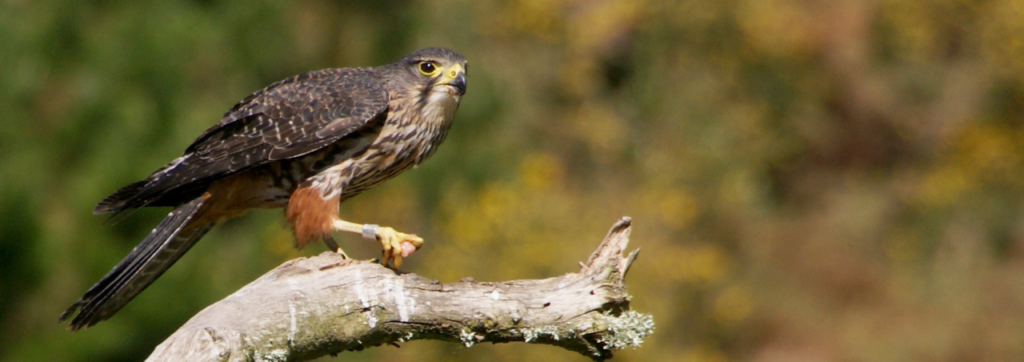
Falcons for grapes
The New Zealand falcon or kārearea is the only remaining bird of prey endemic to New Zealand.
The New Zealand falcon is mainly found in heavy bush and the steep high country in the South Island and is rarely seen north of a line through the central area of the North Island.
It differs from the much larger swamp harrier, (or kāhu), which is common throughout New Zealand, in that it catches other birds on the wing, and seldom eats carrion. An aggressive bird that displays great violence when defending its territory, the New Zealand falcon has been reported to attack dogs as well as people.
With a wingspan of about 45 cm and weight rarely exceeding 450g, the New Zealand falcon is slightly over half the size of the swamp harrier, which it usually attacks on sight. The male is about two thirds the weight of the female.
The New Zealand falcon usually nests in a scrape in grassy soil or humus in various locations: under a rock on a steep slope or on a rock ledge, among epiphytic plants on a tree branch, or under a log or branch on the ground, making the two or three eggs that they lay vulnerable to predators such as stray cats, stoats, weasels, possum, and wild dogs.
In 2005, funding was given by the Ministry of Agriculture and Forestry towards a programme that uses the falcons to control birds that damage grapes and act as pests in vineyards.
The programme was also used to monitor the birds and establish a breeding population in the vicinity of the Marlborough wine region.
Initially, four falcons were relocated to the vineyards from the surrounding hills. After the release of a further 15 birds breeding began to occur – the first time it is thought to have happened since land clearance 150 years ago.
Arthur and Martha, a pair of these amazing native falcons were introduced to the Blind River vineyard more than a decade ago and take their bird control duties very seriously. Under the watchful eye of Barry, these falcons play a vital part in keeping the small song birds at bay.
Vineyards are vulnerable to a wide variety of pest birds including robins, starlings, mockingbirds, finches, and blackbirds. They damage fruit by plucking entire berries from the cluster or pecking holes in the berries. Finches peck at the grapes whereas starlings consume whole berries. Starlings in particular have a voracious appetite so even small flocks can do considerable damage.
These pest birds begin to feed on grapes when they develop colour at a time known as veraison, which is before maturity. It’s at this point the falcons patrol from a high vantage point in an adjacent pine plantation. They can dive at a 100kph and strike with sharp talons and can take animals even larger than themselves such as feral cats, rats and mustelids despite being small birds (40cm – 50cm in length).






